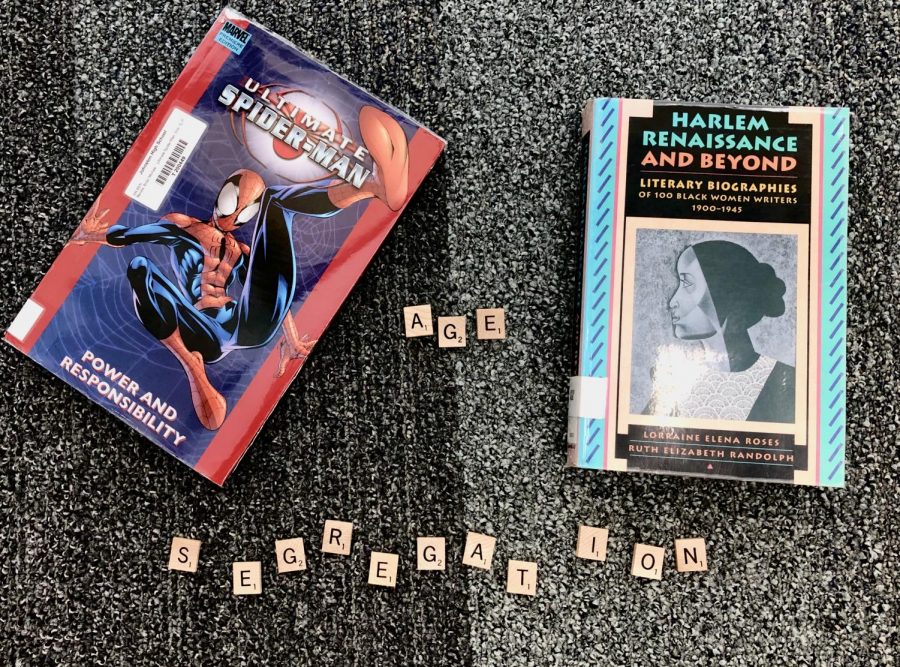Age Segregation in School
Is there a reason we are so segregated by grade?
November 20, 2019
In high school, students rarely mix with people in other grades. Since Kindergarten, students have only interacted with people in their grade. It is like they are on their own little island. If there is someone in the grade above another, they have total range over them, even if they are only 3 months older. When going into the real world, age does not matter. A boss could be 7 years younger than their employees, and have everyone in the workplace be treated as equals.
Age segregation in schools, age grading, or graded education is the separation of students into years of education by approximately the same age. It is based on the theory that learners of the same age at the same level of social and intellectual maturity should be taught at the same pace, which we know is not always the case. (Although sometimes it does work best). But for some classes like the newspaper and other electives where it includes every grade, people are able to become well rounded individuals.
Nick Smith ’20 said, Intro this quote somehow “It’s a real thing. Some seniors don’t want to be seen with lower classmen, because they are children,” Nick Smith ’20 said. Which is a great point. Many lower classmen are not as mature as the older kids. But they need to see how they are supposed to act and mature by seeing the older students in action. Child psychologist, Vygotsky, explains the way children develop from their day to day influences. The zone of proximal development is the distance between the actual developmental and independent problem solving under adult guidance, or in collaboration with more capable peers. The zone of proximal development embodies a concept of readiness to learn that emphasizes upper levels of competence. These upper boundaries are not immutable, however, but constantly changing with the learner’s increasing independent competence. Which means that children learn how to act by seeing older people do it.
Teachers are able to observe the age segregation. Rachel Jensen, a science teacher and volleyball coach, also has noticed the way kids react when there are differing ages involved in school life. “I notice how they don’t like to intermingle when they are hanging around before school has started in the cafeteria,” she said. “A lot of the sophomores congregate and so do the seniors and juniors. Even at the school dances I see it too.” So that also sparks the idea that it is a cultural preference, rather than something that he teachers can control.
So that also sparks the idea that it is a cultural preference, rather than something that he teachers can control.
Librarian and former k-12 teacher Ruth Thoreson agrees that it could be helpful for the student body to include more classes with multiple grades. She explained that the school that she had formerly taught at a school that had classrooms including two grades instead of the traditional one. “I think there is some benefit from that. for the students that are struggling, they have someone to help boost them up because they have been there and been confused,” Thoreson said. ” It is also good for those who are more anxious to learn, and they also get exposed to that. I think it’s a good thing. You can always learn from people; older and younger.”
With that in mind, if more classes could introduce the idea of multiple grades in core classes, learning facts and knowledge will become simpler along with social skills being enhanced.






